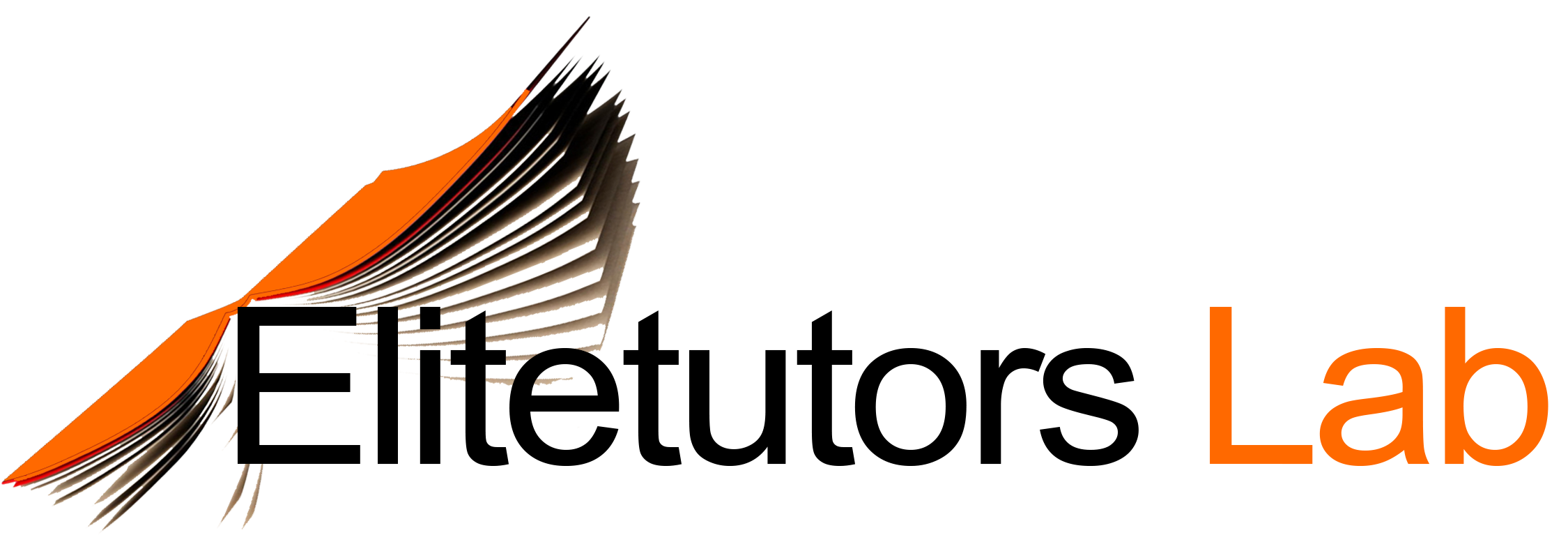The idea behind this essay is that it be thesis-driven. This is to say, the paper will be advancing
an argument, a way of explaining an issue or dynamic relating to the relationship between the
United States and the Middle East. Care will have to be taken not to confuse an analytical
argument with one of an editorial nature, a statement of opinion. Our first step will be to
arriving at a topic, narrowing its scope to a central theme, a more specific point of analytical
focus within your subject-matter. The next step will involve the development of an
interesting research question, or “puzzle,” meant to guide your investigation. You will want to
engage the academic literature speaking to this question and then offer your own perspective
in the form or a thesis or argument.
I. Structural Considerations
Title
Include two dimensions to your title: descriptive language (the paper’s subject-matter) and, by
way of your sub-title, language that speaks, more specifically, to your main point, the paper’s
thesis or argument. Avoid using “question” language (“how,” “why”) in your title. Try, instead
to offer your “answer” to these questions as your sub-title, the central point of the paper.
Center both the title and sub-title in single-space.
Introduction
Begin the introduction with a statement of the topic’s importance, its relevance. Draw to
reader’s attention also to issue within your topic that is of intellectual, analytical, interest. A
vivid statement regarding the paper’s research question and argument should follow, making
clear your analytical intentions. At the end of your introduction, provide a brief overview of
the paper as a whole, a sense of what it to follow. Limit the length of the introduction to one
page, with two paragraphs.
I. Background
In this historical context section, provide the reader with background sufficient to
understand the analysis you will be offering. As your subject-matter is likely to be
complicated, this part of the paper will require a good measure of compression. Be sure here
to engage proper books dealing with the history of your topic. Allow yourself one and a half
pages or so.
2
II. The Puzzle
Before engaging the analysis, make the reader aware of the paper’s analytical settings. In this
section, state your research question (the “puzzle”). Be sure also to provide a sense of
existing academic debates regarding the subject, the dominant points of view from the
literature. You will then be in a position to offer your own thesis or argument that is meant
to fill a gap in our knowledge, and represent your own intellectual contribution. Limit
yourself of one page here.
III. Argument
By “argument” here is meant a way in which you would seek to address the research
question, or puzzle you have established. Take care that you are not making an argument in
editorial terms, as an opinion. Instead, what you will offering will be an interpretation, a line
of reasoning to help us to understand the matter under investigation. You might find it
convenient to divide this discussion into three sections, making three points by way of your
argument. This will be the longest of the paper’s sections.
Conclusion
In a manner that mirrors your introduction, refer the reader to your basic theme, the overall
purpose of the paper. Take this opportunity to restate your thesis and highlight its practical
(in terms of policy) and intellectual (in terms of theory) value. Your conclusion will end with
some remarks regarding the future utility of your insights. As with the introduction, allow
yourself two paragraphs here on one page.
Technical Considerations
Sources
Books will be important to your purpose with this assignment. In terms of academic articles,
consult Jstor, Project Muse, governmental documents and other resources from the library. Look too
for past news and analysis from the New York Times and other publications.
Style
You will not need a title page. Place your name and course number in upper left or right.
Please use only times new roman in twelve-point font (double-spaced), with standard margins. In
addition to your paper title, use the section-headings from these guidelines to announce points of
transition in the essay. Use the section-headings just as they appear in this framework. You will
not need a section-heading called “Introduction.” Please do not use either bold type or underline
anywhere in the paper. If emphasis is needed, use italics.
Citations
Please use footnotes after the fashion of the Chicago Manual of Style, placing them in times new
roman in ten-point font (single-spaced). Your footnote numbers will proceed sequentially,
beginning on the first page of the paper. Use only one number at the end of a phrase or the
3
sentence, creating a new footnote each time. Please do not include the internet links in your
footnotes. Also, provide a bibliography for the references that have appeared in your
footnotes. List the references in alphabetical order also without internet links. In terms of
the references themselves, use proper books, academic articles, news coverage – you will
find back issues of the New York Times very useful – and relevant governmental documents.
Avoid online encyclopedias and any “.com” references.
Do You Know That our Professional Writers are on Stand-by to Provide you with the Most Authentic Custom Paper. Order with us Today and Enjoy an Irresistible Discount!
